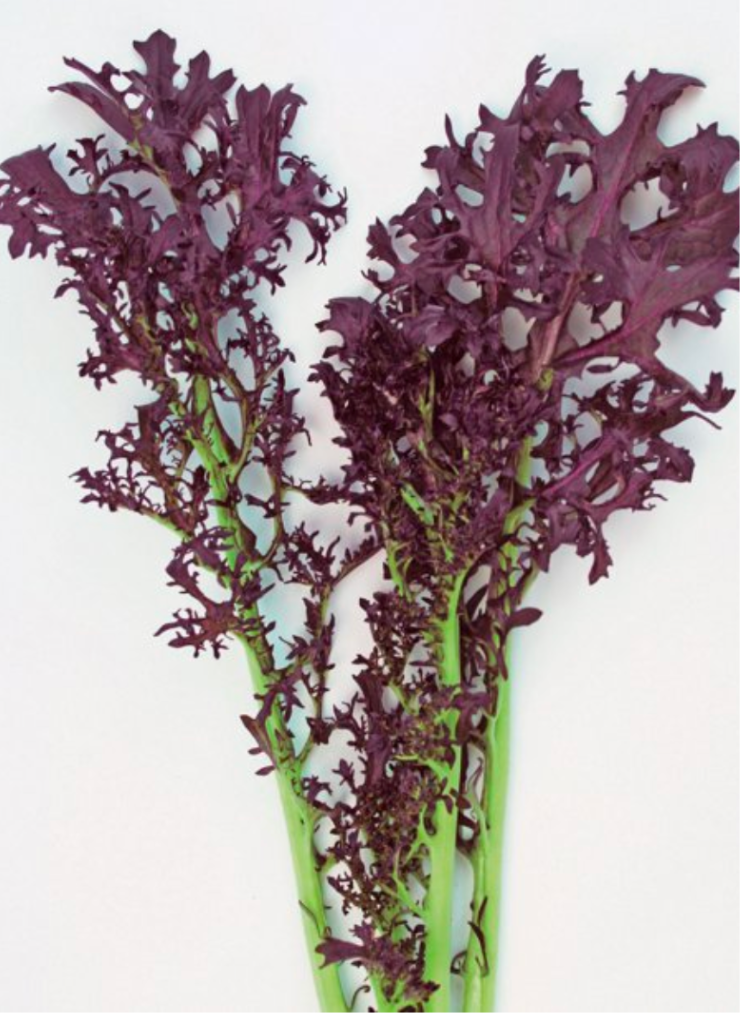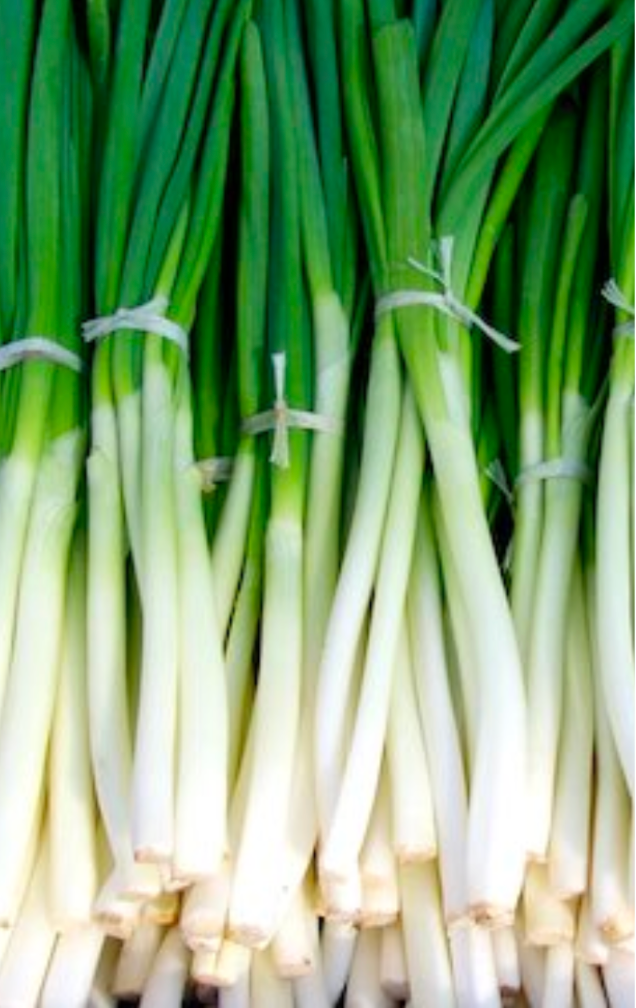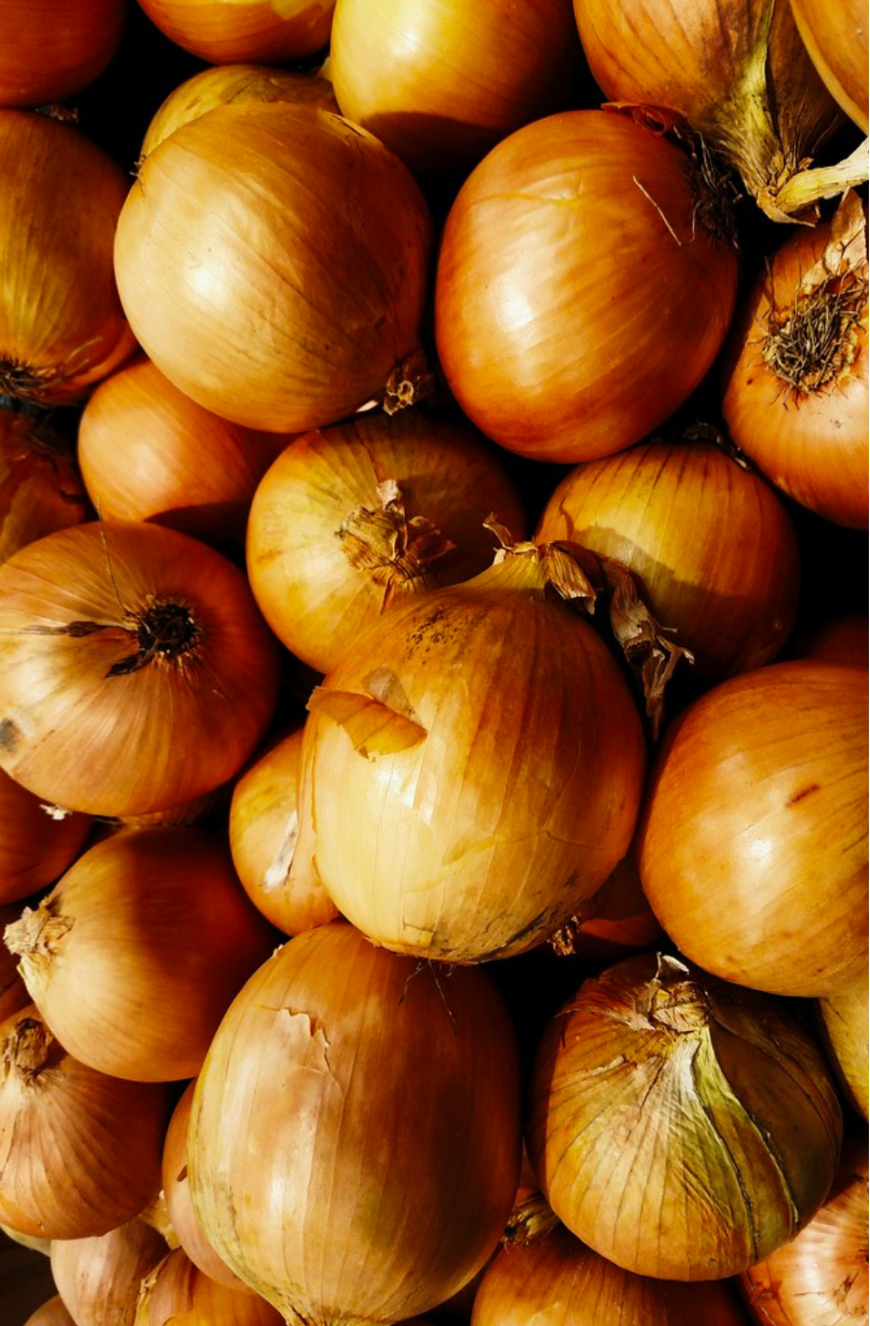Top 10 of the best winter crops for greenhouses
- Sarah Manzano

- Jan 9, 2023
- 6 min read
Updated: Jun 20, 2023
When operating a greenhouse in a northern climate, one quickly realizes that not all crops can withstand the cold. But, it is not impossible to grow crops in a greenhouse in the winter.
To be successful, you need to plan which winter crops will be grown and when they will be seeded or transplanted. The crops you choose must be winter-hardy and frost resistant!
To get the best-tasting produce, it is important to understand that the proper growing season and harvest days make the difference between a bountiful harvest and a major yield loss. Always read the seed packets of your plants; they contain a ton of useful information to guide you.
Here are some interesting winter crops for your greenhouse production, listed according to the time of year they should be planted or transplanted.
Want to learn more about greenhouse management in winter? Sign up for this free webinar on winter greenhouse climate!
September to October

Claytonia (Mid-September)
This beautiful greenery has great resistance to frost. It's very lucrative winter crop because of its weight. Claytonia can withstand temperatures as low as -30°C (-22°F). So, no need to heat your greenhouse! Thanks to its great resistance, it can be placed at the ends of your greenhouse. It is recommended to plant it at 1.5" spacing.
You will get up to 3 cuts on this crop with the right tool. Its mild, pleasant flavour makes it a perfect addition to a mesclun mix. It can also be sold as is.

Swiss Chard (September 15 to October 1)
Mature Swiss chard can be grown in a minimally heated greenhouse, making it possible to harvest throughout the winter. Recommended plant spacing is 18".
Do not transplant this winter crop later than October 1st. This will allow it to reach the peak of its growth before daylight hours are less than 10 hours. Cultivars known for their cold hardiness include Fordhook Giant and Peppermint Rainbow.
Chard's harvest extends through the winter into March. So fertilize well as soon as you transplant. Also plan to add extra nitrogen once you reach ⅔ of growth. Once the plants are mature, harvest the outer leaves from each plant each week to make bundles. This will ensure the rapid growth of new leaves despite little natural light.
Other option! Mini chard is also a good choice for your winter crops. It is a little more resistant to cold than mature chard. Plant it in early to mid-September.

Kale
Regular (mid-September to early October)
Simple to grow, cold-hardy and easy to maintain, how can you not fall in love with kale? It is an excellent winter crop to obtain an abundant yield. It will grow even better in a minimally heated greenhouse. The top 3 interesting cultivars for winter would probably be Siberian, Darkibor and Winterbor.
A spacing of 18" is ideal. To optimize the use of your winter greenhouse space, plant it in an interplanted fashion, inserting through crops that are slightly less cold-hardy, such as bok choy, green onion or cilantro. This is called "interplanting". It can be harvested as early as December and continue through the winter.
Since kale occupies a bed for several months, give it a good scrubbing when planting. Especially do not forget to fertilize the bed well with compost and provide a new supply of nitrogen to ⅔ of the crop.

Baby kale (Mid-September to early October)
A great addition to a mesclun, mini-kale is a safe bet because of its great resistance to cold. Unlike regular kale, it doesn't need to grow in a minimally heated greenhouse. Consider the Red Russian and the Siberian when choosing your cultivars. The suggested spacing is 0.5".
To ensure good regrowth, harvest this winter crop with a knife. Don't forget to remove from the board, with a rake, the remains created by the cut.
Friendly advice! To avoid the propagation of weeds, pass regularly with a comb.

Bok Choy (Early October)
Easy to grow and fast-growing, bok choy is a good choice of winter crops in a greenhouse. Li Ren Choi and Mei Qing Choi cultivars should be considered for winter cultivation.
Ideally, it should be transplanted in early October with 9" spacing. Jean-Martin of the Market Gardener's Institute gives a tip that I love for making smart use of your space:
intercrop the rows with kale harvested in bunches. The bok choy will be ready to harvest in December, giving the kale the space it needs to grow to full maturity.
Be careful! It is important to keep an eye on this vegetable, as it can suffer irreparable damage below -5°C (23°F). It grows best in a minimally heated greenhouse.

Spinach (Mid-September to early October)
Hear ye, hear ye! Make way, make way, for the king of frost-resistant vegetables is here! This super winter crop that improves in flavour and texture when exposed to cold is THE undeniable choice for your winter greenhouse. Consider the followw cultivars: Space, Auroch and Kolibri. It is suggested to produce them in transplants and leave a 6" spacing.
For harvesting, prioritize the largest outer leaves each week. This will allow the smaller leaves to grow for the next harvest.
Caution! Managing humidity in an unheated greenhouse during the winter is a challenge. Poor management leads to fungus and mold problems. Make sure you have enough space between each plant to ensure good air circulation. Also, continue to weed well to facilitate circulation.

Mustard greens (Mid-September to early October)
Mustard is an excellent base for winter mesclun. It is frost resistant and grows fairly quickly. Suggested cultivars are Garnet Giant, Ruby streaks and Scarlet Frills. Unlike summer mustard, winter mustard has a very mild taste. The recommended spacing between plants is 0.5".
Another tip given by Jean-Martin is to plant mustard in an unheated greenhouse and cover it with floating blankets when the temperature drops below freezing. As long as the covers are supported by hoops to avoid damage to the foliage during a freeze, this will ensure the survival of this winter crop,

Cilantro (Early October)
Perfect to grow in winter because of its resistance to cold, cilantro does well intercropped with chard or kale. This winter crop can also be transplanted along the aisles of other crops. A spacing of 9" is recommended.
To avoid a long growing time in the winter greenhouse, sow your cilantro in a nursery about 40 days before transplanting. You can then harvest it in a little over a month. This leaves room for the main crops to be harvested over the winter and maximizes your use of your greenhouse's space.
Something i should tell you! Cilantro is more resistant to cold than it is to frost. It's therefore best to grow it in a minimally heated greenhouse.
February to April

Shallots (mid-February OR mid-September)
Green onions, or shallots, plant well as an intercrop with kale and Swiss chard. Attractive for its fast growth, it occupies little space and can fill in empty spots at the foot of other plants. The most cold-resistant cultivar on the market is Evergreen.
The success of this winter crop lies in starting it in the nursery. It's recommended to place 5 seeds per cell in a tray of 72 cells and to wait a minimum of 55 days before transplanting. Your indicator will be the size of your plants, which must reach at least 4" in height.
Be mindful! Shallots grow better in a minimally heated greenhouse than in an unheated greenhouse.

Carrot (mid-February to the end of March)
That's right! This delicious orange vegetable grows well in cold climates starting in February. However, the best way to go is to produce them in a minimally heated greenhouse. Some cultivars to consider are Napoli, Bolero and Mokum. It is suggested to plant this winter crop with a 1.5" space in the row. This way, you will encourage their rapid growth in relation to light.
The advantage of producing carrots in winter is that you can sell them early, before their usual season. It is therefore easy and justifiable to sell them for double the price in summer.

Onion (mid-March to mid-April)
Usually planted from mid-March to mid-April, some onion cultivars can be planted in unheated greenhouses from October to mid-March, as they are less sensitive to cold. For your winter crops, Electric is a good red variety, Radar is a good yellow variety and Shakespeare is a very reliable white variety for winter growth.
Note that fall planting is not suitable for soils prone to waterlogging: the crop is more likely to succumb to diseases.
Producing year-round in a greenhouse is a real challenge. It requires precision and some agronomic knowledge. It's not impossible to do, but it's important to educate yourself. The learning curve will be more difficult than expected if you don't.
That's why I want to give you as many tools as possible so you can confidently embark on this project. My next few articles will talk about different aspects of greenhouse production during winter. There will also be a FREE webinar on the subject on February 24th. You can sign up now.
Thanks for reading! And don't forget, if you have any questions regarding market gardening, my colleagues are just a phone call away!




Very nice. Could you also do a blog on how to manage the greenhouse temperature on winter please?